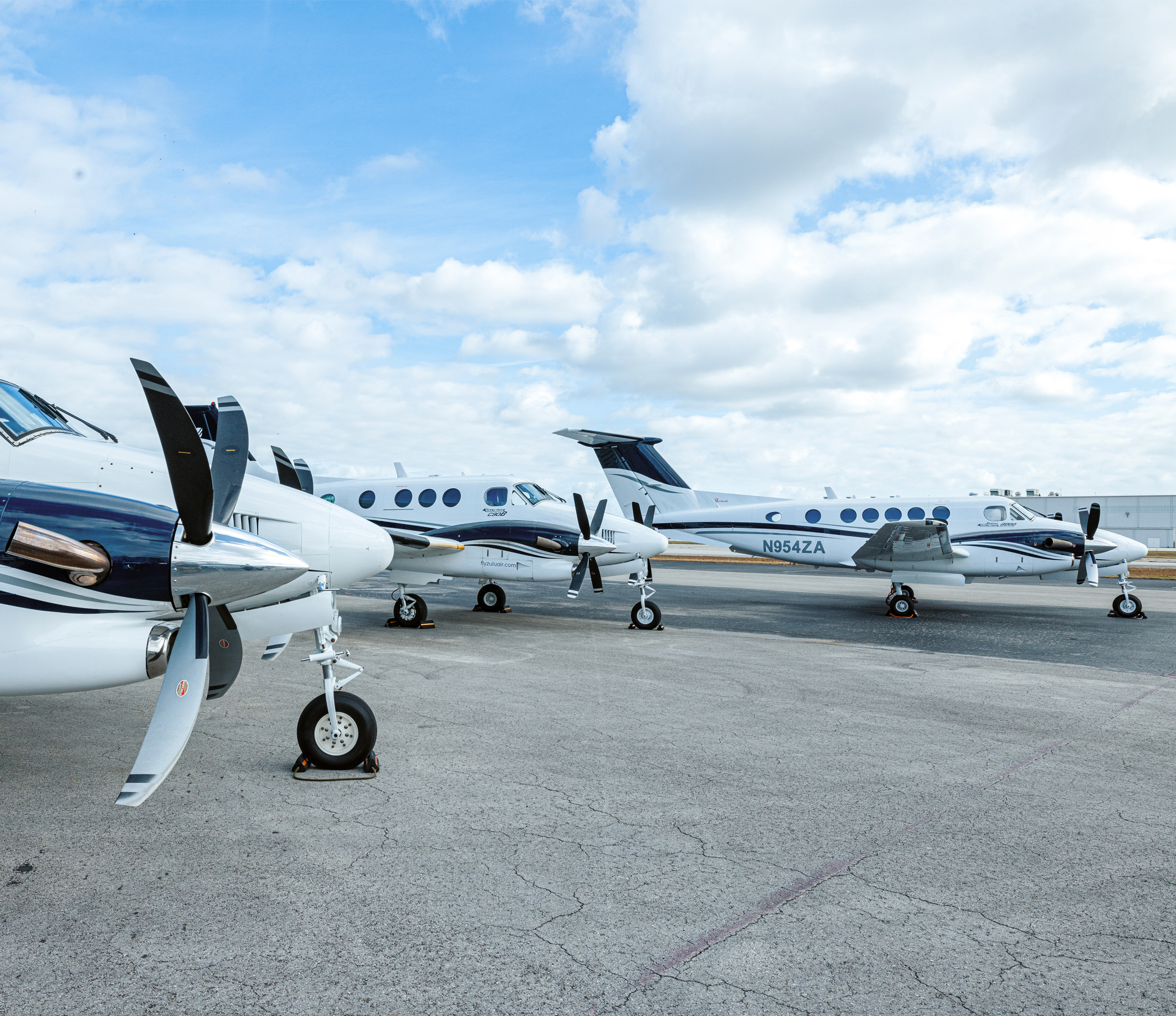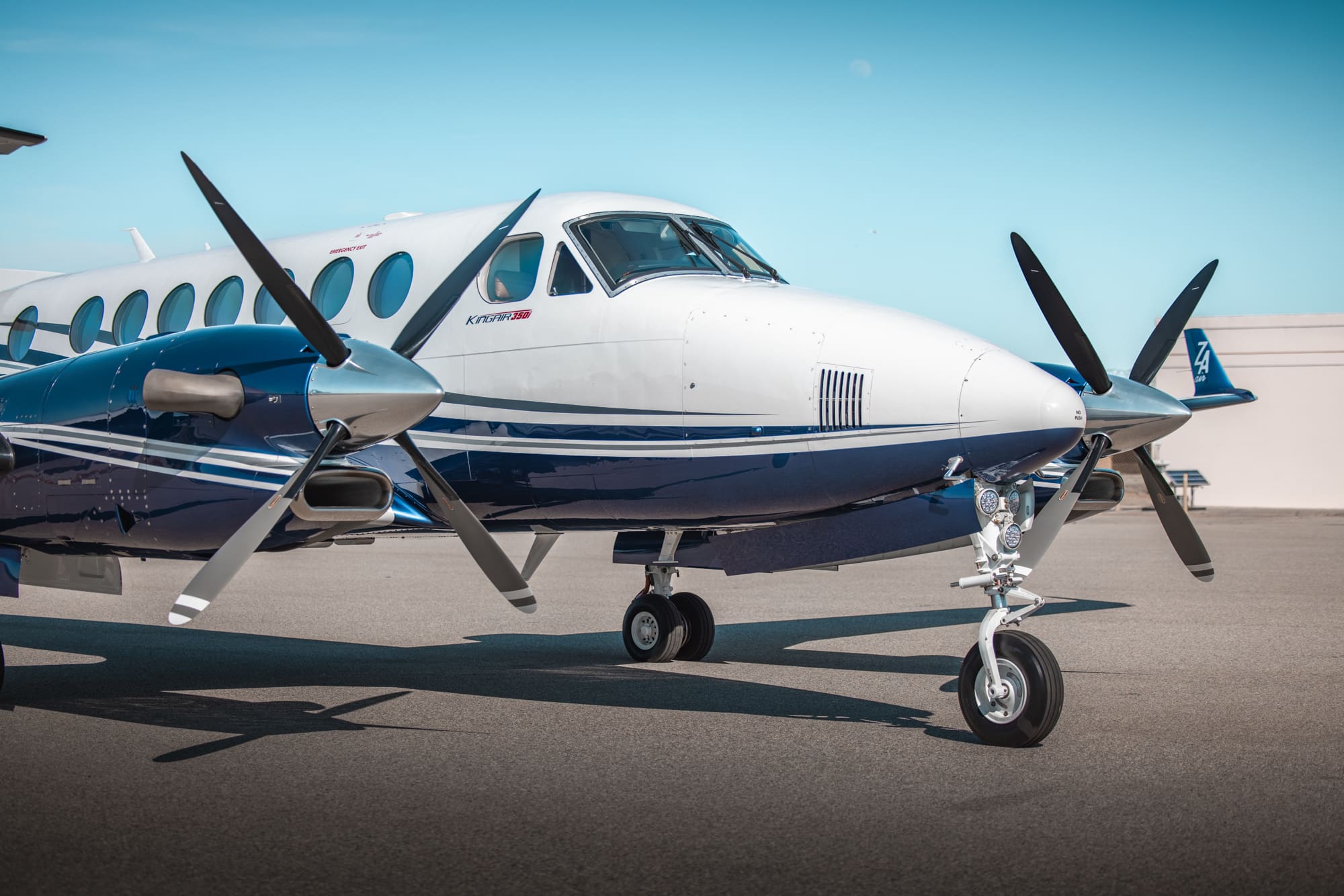kristiconyers
About kristiconyers
The Rise of Private Jets: A Case Examine on Luxury and Efficiency In Air Journey
Within the realm of air travel, private jets have emerged as a symbol of luxurious, efficiency, and exclusivity. As soon as the domain of the ultra-rich and high-profile individuals, private jet travel has seen a big rise in popularity over the previous few many years. This case examine explores the factors contributing to the expansion of private jets, the market dynamics, the impact of technology, and the way forward for this industry.
Historical Context
The history of private aviation may be traced back to the early twentieth century when wealthy individuals started to buy their own aircraft. Nonetheless, it wasn’t till the publish-World Warfare II period that private jets began to gain traction. The introduction of the primary business jet, the Learjet 23, in 1963 marked a big turning level. This aircraft provided a faster, more snug, and environment friendly mode of journey, interesting to business executives and affluent individuals alike.
Market Dynamics
The private jet market has experienced substantial growth due to a number of elements. At the beginning is the growing demand for time effectivity. Enterprise leaders and executives typically face tight schedules, and the ability to bypass business airport hassles and fly on to their destination can save invaluable hours. When you have just about any questions relating to exactly where as well as how you can employ private airplane charter prices (privatejetscharter.review), you can e-mail us in the internet site. In keeping with the National Enterprise Aviation Affiliation (NBAA), enterprise aviation can save as much as 40% of journey time in comparison with business airways.
Another contributing issue is the globalization of enterprise. As companies develop their operations internationally, the necessity for quick and flexible journey options has develop into paramount. Private jets allow for non-stop flights to distant locations that might not be serviced by commercial airways, additional enhancing their enchantment.
Moreover, the rise of the ”experience economic system” has led to a shift in shopper preferences. Right this moment’s affluent individuals prioritize experiences over possessions, and private jet travel is commonly seen as a luxurious experience that reflects their status and way of life. This trend has led to an increase in demand for charter companies, fractional possession, and jet card packages, making private aviation more accessible to a broader audience.

Technological Advancements
Technological innovation has played a vital position in the evolution of private jets. Modern jets are geared up with superior avionics, improved gas efficiency, and enhanced security features. Innovations like winglets and advanced materials have significantly diminished gasoline consumption, making private jets extra environmentally friendly.
Moreover, the advent of digital platforms has remodeled the best way people e book private flights. Firms like JetSuite, Wheels Up, and VistaJet have leveraged expertise to create consumer-friendly apps that enable customers to e book flights seamlessly. This shift towards digitalization has made private aviation extra accessible and interesting to a youthful demographic who worth convenience and efficiency.
Financial Impact
The private jet trade has a big financial influence, contributing billions of dollars to the worldwide economy. In response to a report by the overall Aviation Manufacturers Affiliation (GAMA), the enterprise aviation sector helps over 1.2 million jobs within the United States alone, contributing roughly $one hundred fifty billion to the financial system annually.

Furthermore, private aviation plays a vital function in supporting native economies. Airports that cater to private jets often see increased business from local lodges, restaurants, and repair suppliers. This financial ripple impact highlights the significance of the private jet sector beyond simply luxurious travel.
Environmental Concerns
Regardless of the growth and advantages related to private jets, the trade faces scrutiny relating to its environmental impact. Private jets are sometimes criticized for his or her carbon footprint, as they emit considerably more greenhouse gases per passenger compared to commercial airlines. In response to these issues, the industry is actively in search of ways to mitigate its environmental affect.
Many private jet manufacturers are investing in research and improvement of sustainable aviation fuels (SAFs) and electric aircraft. As an illustration, companies like Boeing and Airbus are exploring hybrid and electric propulsion programs that promise to scale back emissions considerably. Moreover, operators are increasingly adopting carbon offset programs to steadiness their environmental impact.
The future of Private Jets
Looking ahead, the future of private jets appears promising, albeit with challenges. The continued COVID-19 pandemic has accelerated the development in the direction of private travel, as people search to avoid crowded airports and industrial flights. The private jet market skilled a surge in demand during the pandemic, with many first-time users discovering the benefits of private aviation.
As the business evolves, we can expect to see continued growth in the demand for on-demand charter companies and fractional ownership fashions. The rise of remote work might also lead to elevated journey for leisure functions, as people search to combine work and journey in new and revolutionary ways.
Furthermore, advancements in technology will proceed to shape the business. The integration of synthetic intelligence and data analytics will improve operational efficiency and customer expertise, while developments in sustainable aviation will deal with environmental concerns.
Conclusion
The rise of private jets displays a posh interplay of factors, including the demand for effectivity, the globalization of enterprise, and altering shopper preferences. Because the business adapts to technological advancements and environmental challenges, private jets will seemingly continue to be a major player in the aviation panorama. The allure of luxurious, combined with the promise of time savings and comfort, ensures that private jet travel will stay a coveted possibility for individuals who can afford it. As we look to the longer term, the private aviation sector stands at a crossroads, poised for progress whereas navigating the challenges of sustainability and innovation.
No listing found.
